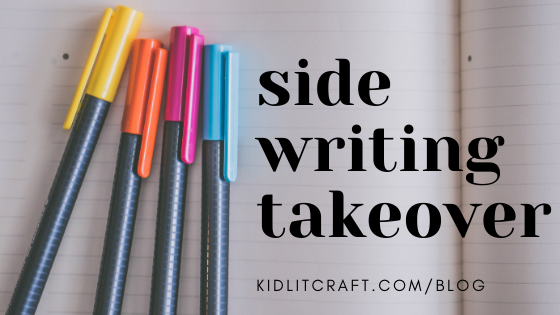hello!
JOIN US IN EXPLORING OTHERS' CRAFT AND BUILDING OUR OWN
The sidewriting exercise I rely on most is really simple. I write a messy, gossipy version of my story (or scene or conflict). I handwrite it, like it’s a note I might pass in class, and I allow myself plenty of gossipy digressions. . . . I’ve developed a kind of outlining process I love, but sometimes I really crave the structure of gossip, the way it’s built on cause and effect.
I’ve always found it fun to do small bits of sidewriting because it feels like a novelty. Like, when someone asks you what your character would be for Halloween, or what sorts of TV shows they watch, it’s fun to think about that sort of thing.
I always start with character. For me, that’s the spark that makes me want to write. Who is this person in my head? What are they grappling with? What do they need to figure out (about themselves and/or life in general)? To answer these questions, I write scenes about them and sometimes in their voice.
I ask you: What questions do you need to ask your characters? If that feels too challenging, Walter Dean Myers’s advice in Just Write: Here’s How! is to “Come up with a bunch of questions you might want to ask about someone you just met in real life.”
If you’re a writer then you likely have feelings about sidewriting. You know, all that extra writing you do (or wonder if you should do) in order to figure out and enhance your story. Sidewriting can be anything from doing a story spine to free form writing to letters from your characters to hand writing a scene to word associations to writing from a new POV to plot graphs to–well, you get the idea. Sidewriting is any writing you do that (generally) doesn’t go into your actual manuscript.
